Rare Double Brood Cicacda Event Happening for the First Time Since Thomas Jefferson Was President
As people in the United States greet the season of spring that is fast approaching, they may experience something unique this year.
Some cicadas in the United States emerge from the ground in cycles, and this year there will be two broods of cicadas emerging simultaneously for the first time since the early 1800s. The result of this brood cooperation will be billions of cicadas seen by the American public depending on where they live.
Brood Cycles
These two different broods are on different cycles. One group has a cycle of 13 years and the other has a 17-year cycle.
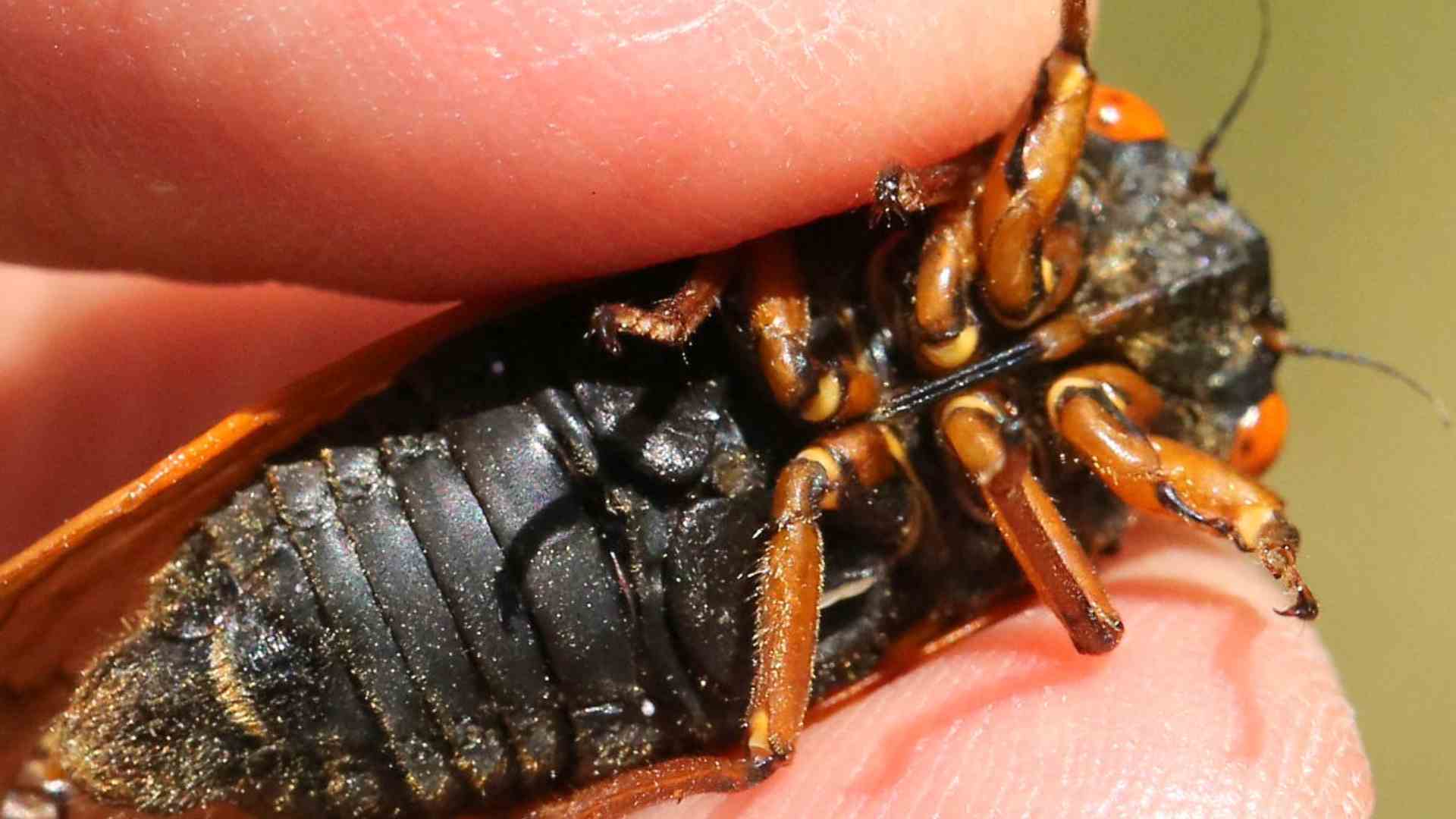
Source: Peterwchen/Wikimedia
This means that the two rarely are synced up at the same time. It hasn’t been since the year 1803 that the two have emerged from the ground at the same time. Experts are saying this rare, synchronized event will be once in a lifetime.
What is a Cicada?
While this is certainly a rare event, people will likely react to it with a mix of both excitement and annoyance. This is because these cicadas are loud flying bugs with wide red eyes.
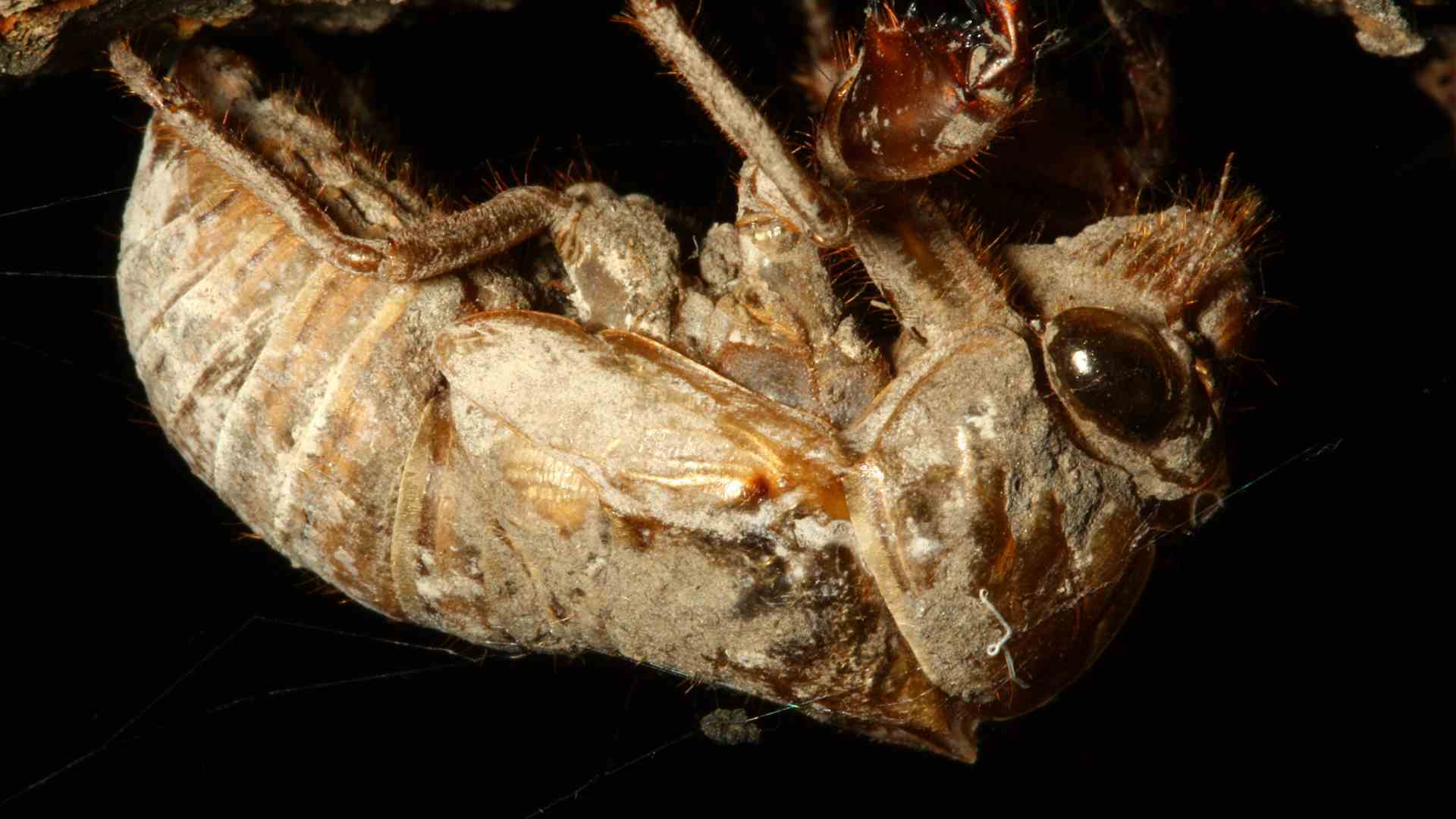
Source: Bruce Marlin/Wikimedia
They are characteristically known by humans for the song males of the species make. By continually drumming their tymbals they produce a distinct but annoying sound.
American Cicadas
North America has an exclusive genus of cicadas called Magicicada or periodical cicadas. They get this name for the fact they spend most of their lives underground, only to emerge every 13 or 17 years on a synchronized timer.
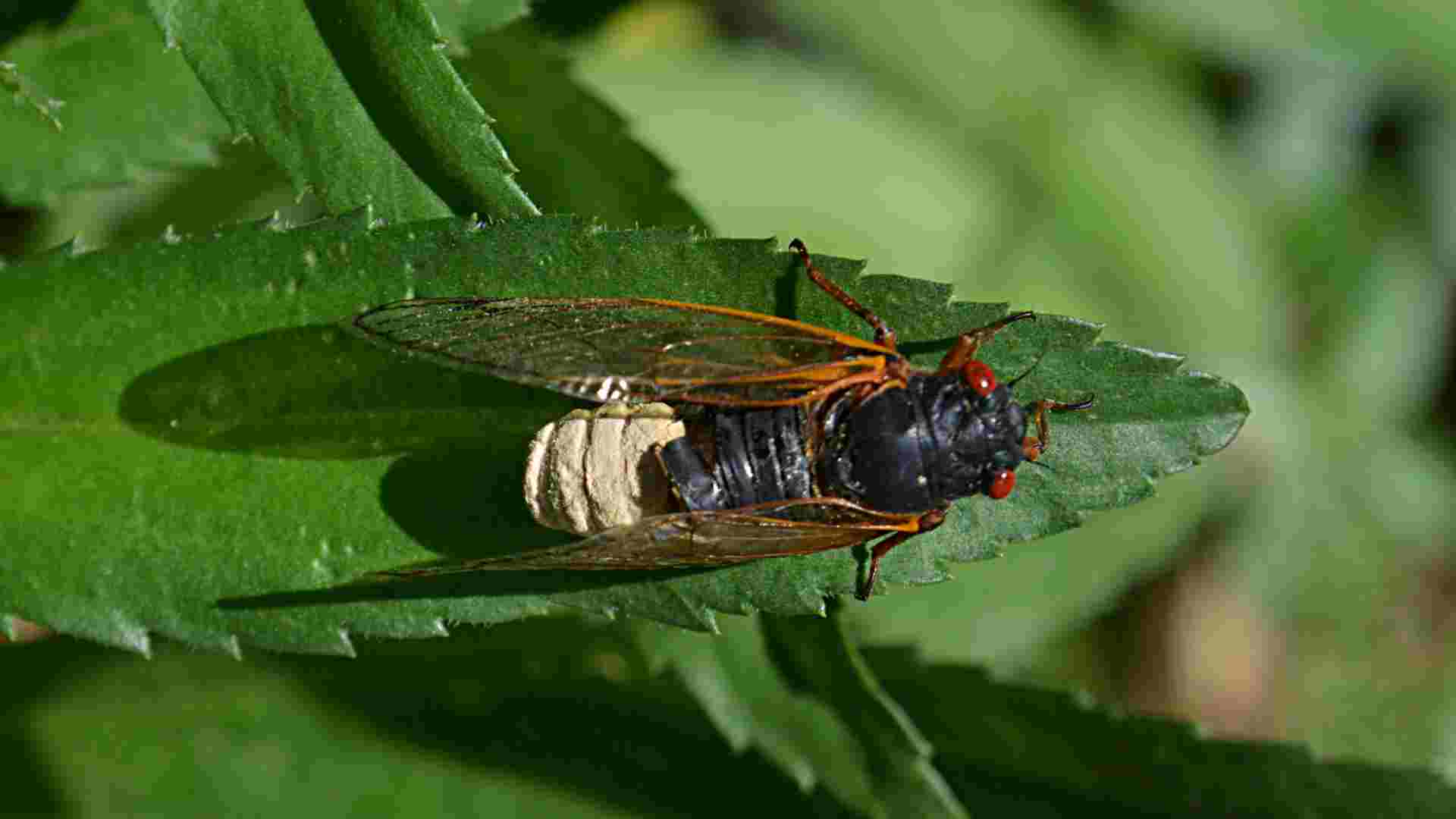
Source: G. Edward Johnson/Wikimedia
This differs from other cicadas on the continent and other parts of the world, which emerge on a more frequent basis. Their life cycles aren’t synced up with other members of the same species which makes their numbers less predictable.
Can They Be Avoided?
In the United States, these periodic cicada broods will start emerging in the Midwest and Southeast in some areas by the end of April.

Source: Wikimedia
If you are living in these areas, you might find it hard to avoid them. However, most species are active during day. This means you can avoid their loud calls at dawn and dusk.
The Time of Jefferson
Gene Kritsky, an entomologist at Mount St. Joseph University expressed how rare of an event this truly is. “Thomas Jefferson was president the last time these two broods came out, so is it rare? Yes,” he said.

Source: Rembrandt Peale/Wikimedia
During that time in America, Brood XIX and Brood XIII emerged at the same time, which is what is predicted to happen this year. This same event won’t happen again for another 221 years.
Cicadoapocalpse Now?
While it is the case that these two broods will be emerging during overlapping times, experts are predicting that they won’t overlap to a significant degree.
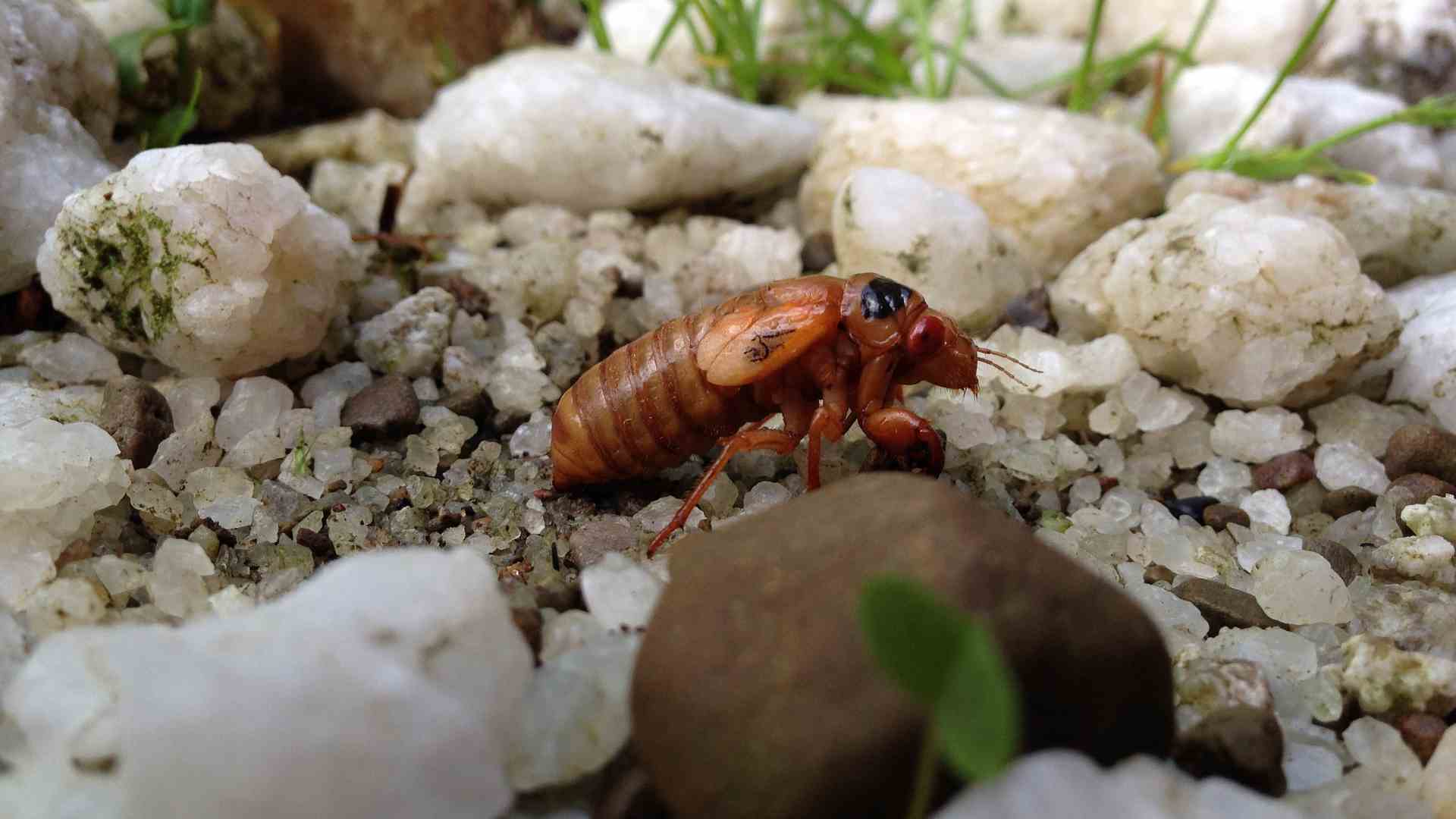
Source: dankeck/Wikimedia
While some people may fear these insects because of the loud noise they make and how big their numbers are, they are generally harmless to humans.
Oddity of Nature
Dr. Jonathan Larson, an entomologist and assistant professor at the University of Kentucky commented on this rare cicada event, expressing his love for the creatures.

Source: USGS Bee Inventory and Monitoring Lab/Wikimedia
“It’s rare that we see this size of double brood emergence. “We’re talking about an absolute oddity of nature, one of America’s coolest insects,” he said.
They are Trillions
Experts predict that more than a trillion cicadas will be seen buzzing this year thanks to the simultaneous brood event.
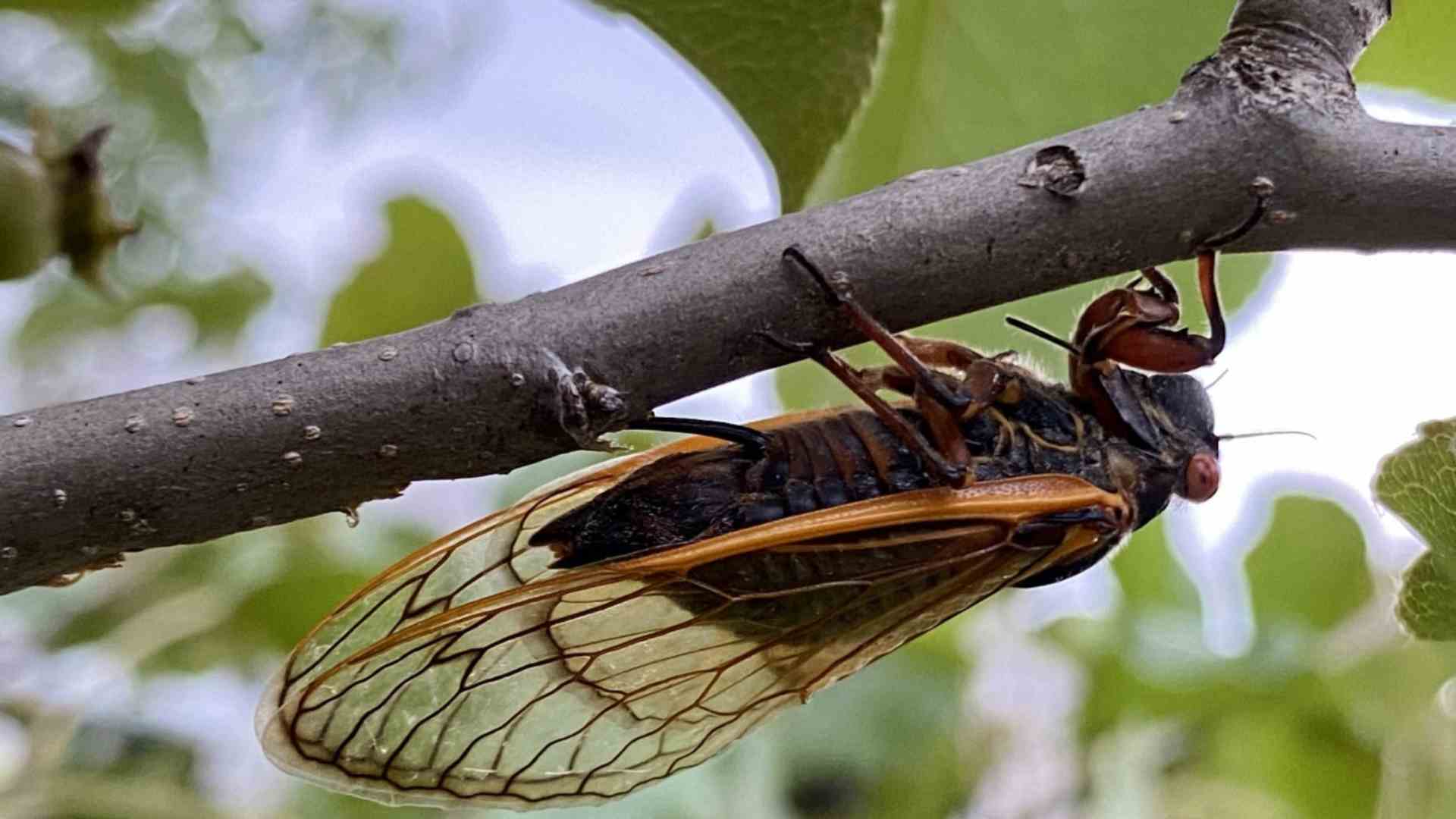
Source: Resqgal/Wikimedia
While they grow up underground, when they emerge they generally seek out and live in trees. They like to feed on the watery sap found in them. It is thought that periodic cicadas emerge in such large numbers as a way to counteract predation.
What Causes Periodical Cicadas to Emerge?
With cicadas spending so long underground, one may wonder just how they are all able to time their emergence so efficiently. Scientists still don’t know for certain but there are several theories about how cicadas know how to time their emergence.

Source: Pmjacoby/Wikimedia
Some speculate it has to do with an internal molecular clock, which gives them a sense of time passing by detecting changes in their food. They also use soil temperature to know when it is the right season to emerge.
Macabre Mardi Gras
Some may be dreading the emergence of the noisy cicadas, but since it is inevitable, one might as well shift their perspective. Dr. Larson described how it will be a loud six weeks of activity, but it will be over before you know it.
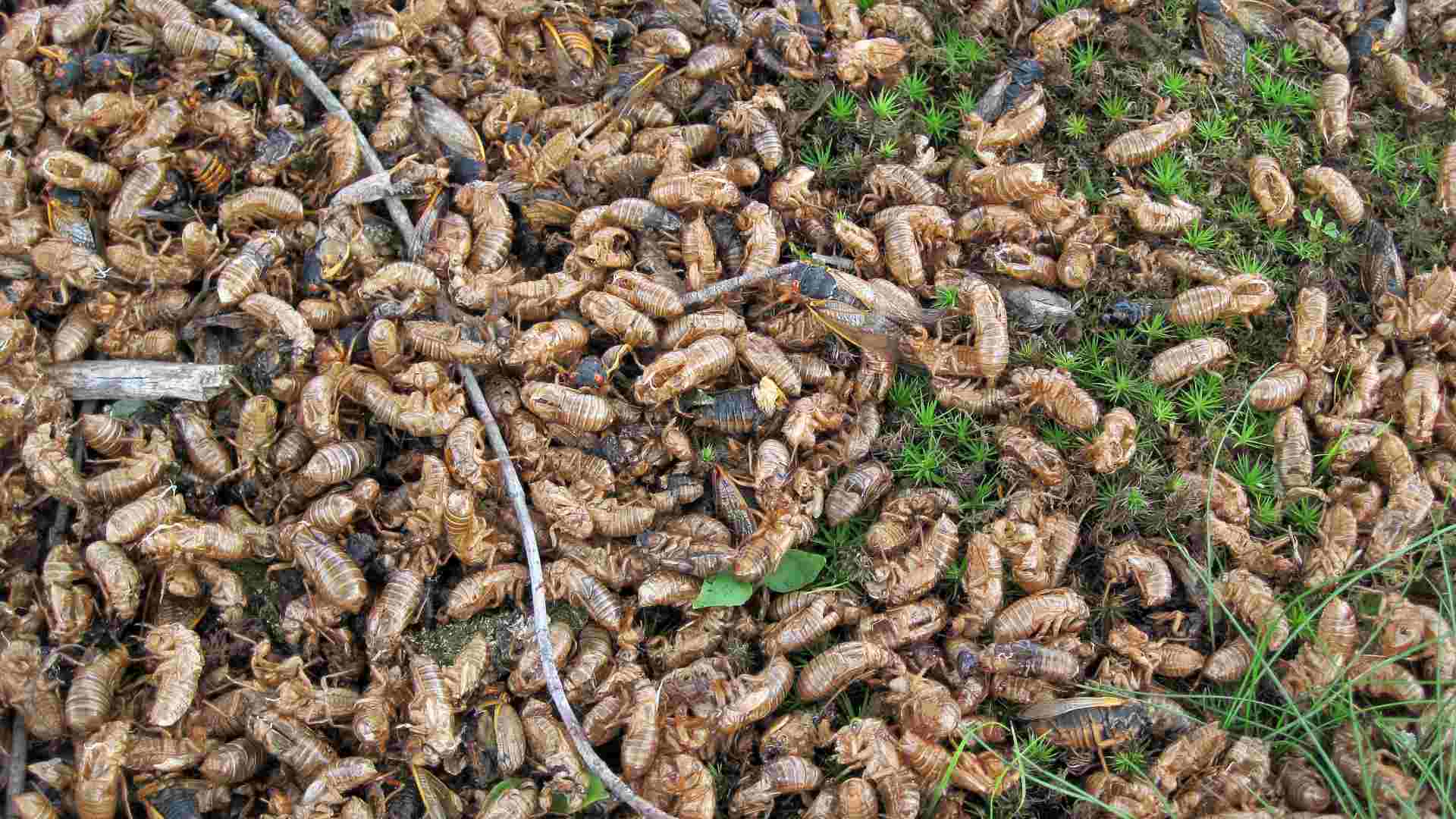
Source: James St. John/Wikimedia
It will be “the most macabre Mardi Gras that you’ve ever seen,” Larson said.
What States Will Be Effected?
Brood XIII will be emerging in the states of Illinois, Wisconsin, Iowa, and Indiana. Scientists predict that Brood XIX will be seen in different areas of Kentucky, Tennessee, Virginia, Maryland, North Carolina, South Carolina, Mississippi, Alabama, Louisiana, and Arkansas.
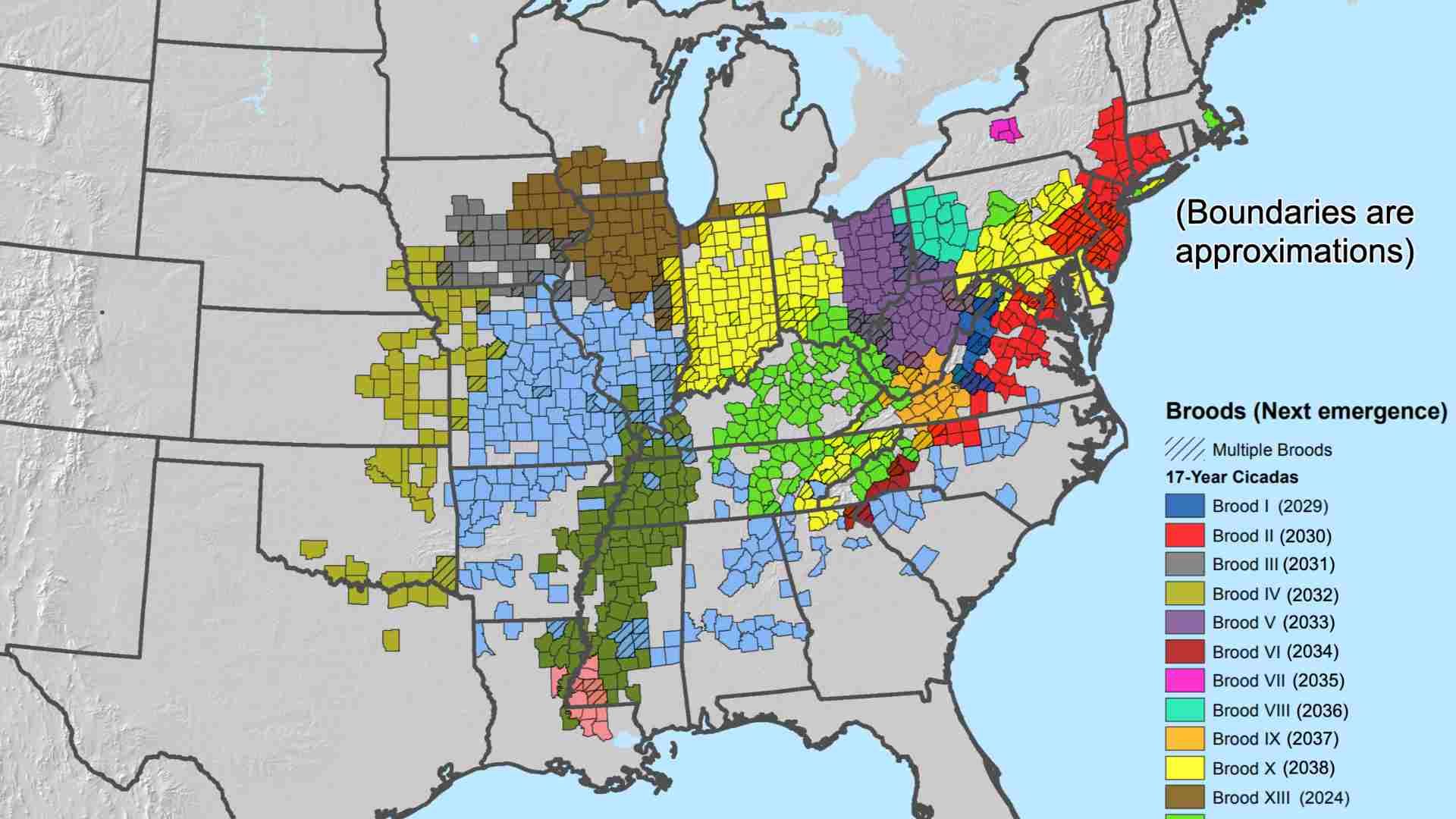
Source: Andrew M. Liebhold/Wikimedia
In the past, areas of central Illinois have seen the broods emerge in overlapping areas, but it’s unclear in just how many areas the two broods will be seen at once this year. It’s also possible that an overlap of the broods may not even happen. Only time will tell.
